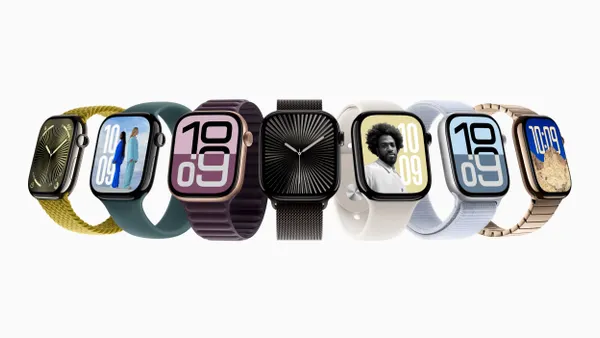Dive Brief:
-
The World Health Organization Wednesday released its first formal guideline on digital health interventions, about a month after establishing a department of digital health.
-
The international health arm of the United Nations assessed evidence for two years before publishing recommendations on if and how healthcare systems should use 10 different digital approaches, such as telemedicine and mobile devices for better birth and death notifications, commodity management, targeted client communication, health worker decision support, sharing of educational content and digital tracking of patients' health status.
-
The report finds benefit to all 10 approaches, but argues each has limitations in certain circumstances and does not have potential to replace traditional health services.
Dive Insight:
The proliferation of digital technologies claiming to solve healthcare problems has presented providers with questionable solutions. Deployed correctly, some of these technologies could improve healthcare, notably by lessening resource constraints, but gaps in the available evidence can make it hard to assess whether tools are effective in a particular context.
"Digital health is not a silver bullet," WHO Chief Information Officer Bernardo Mariano said in a news release. "WHO is working to make sure it’s used as effectively as possible. This means ensuring that it adds value to the health workers and individuals using these technologies, takes into account the infrastructural limitations, and that there is proper coordination."
The report that grew out of that desire analyzes the evidence in support of 10 approaches, including decision support via mobile devices and client-to-provider telemedicine. Those two strategies received equivocal support from WHO, which thinks client-to-provider telemedicine should be used to complement, not replace, traditional services, and only if patient safety, privacy, traceability, accountability and security can be monitored.
WHO put caveats on its recommendations regarding the use of almost all of the other strategies, too. The only exception was the digital provision of health worker training and educational content via mobile devices. Again, WHO thinks digital education should accompany, not substitute, traditional training, but it recommended supplementary usage across all contexts and conditions.
The report is primarily aimed at public health practitioners and decision makers in national ministries of health but, in highlighting the limitations of existing technologies, it also serves as a playbook for developers of digital health devices. WHO thinks these companies can do more to show their devices improve on established healthcare practices.
"If digital technologies are to be sustained and integrated into health systems, they must be able to demonstrate long-term improvements over the traditional ways of delivering health services," WHO chief scientist Soumya Swaminathan said in a statement.
WHO is continuing to assess whether businesses and other players are generating such evidence. In the future, WHO plans to publish updated versions of the digital health guide that progressively look at the pros and cons of more interventions.












